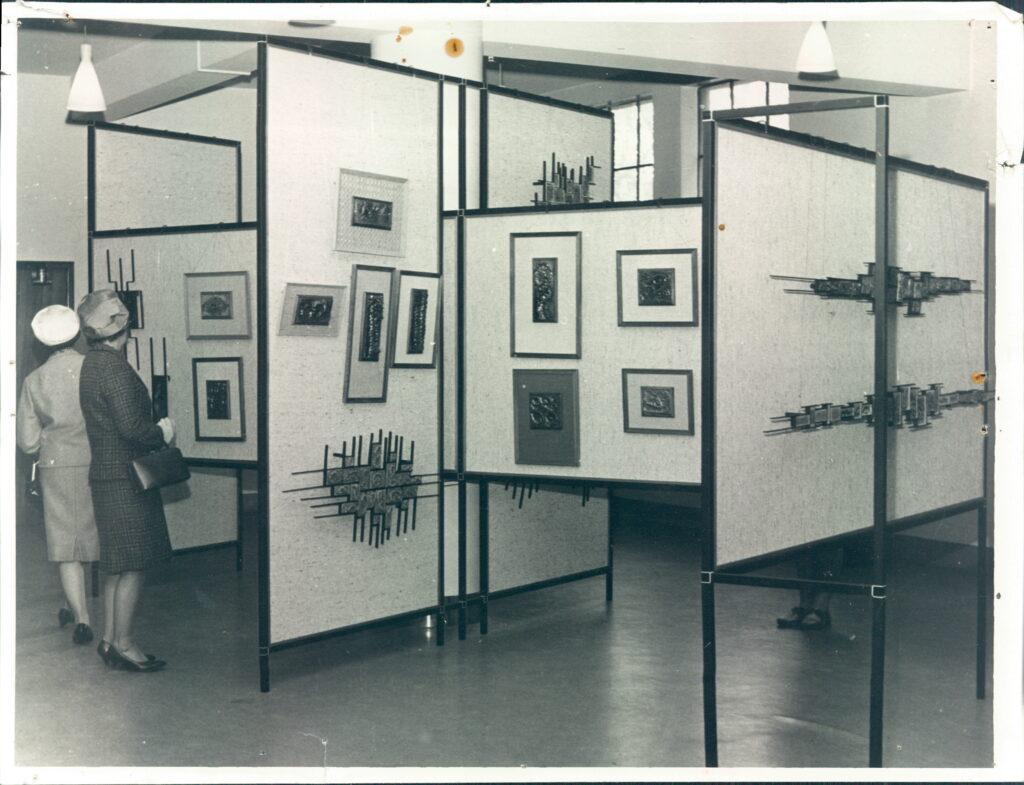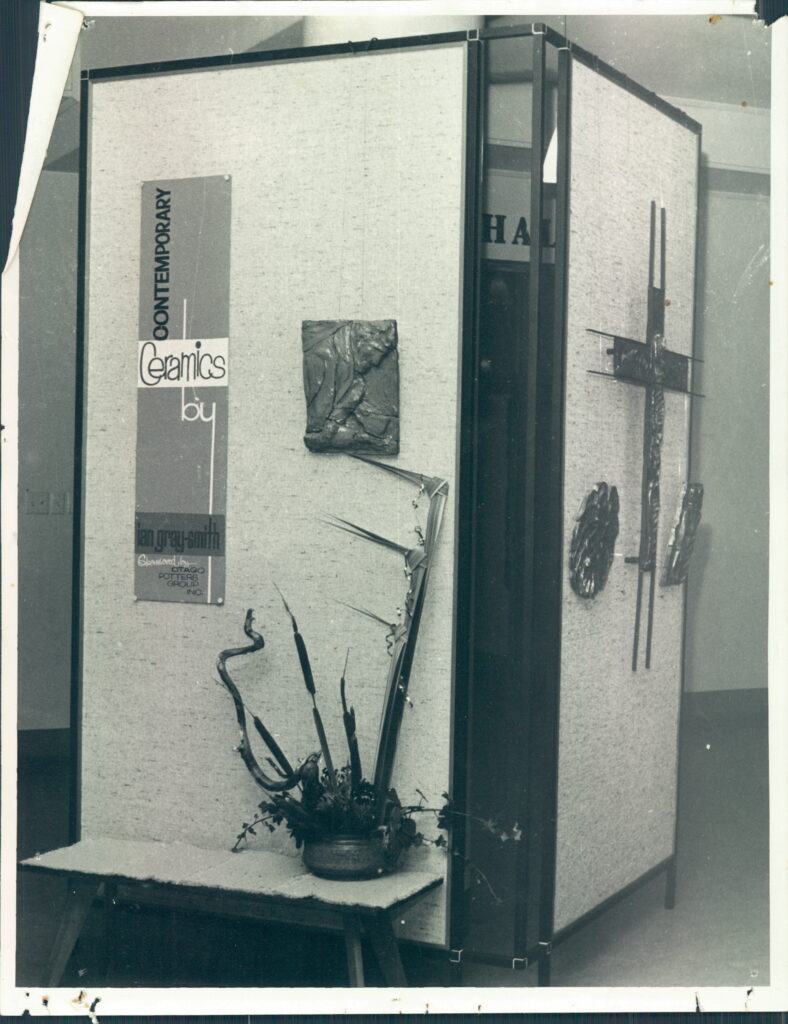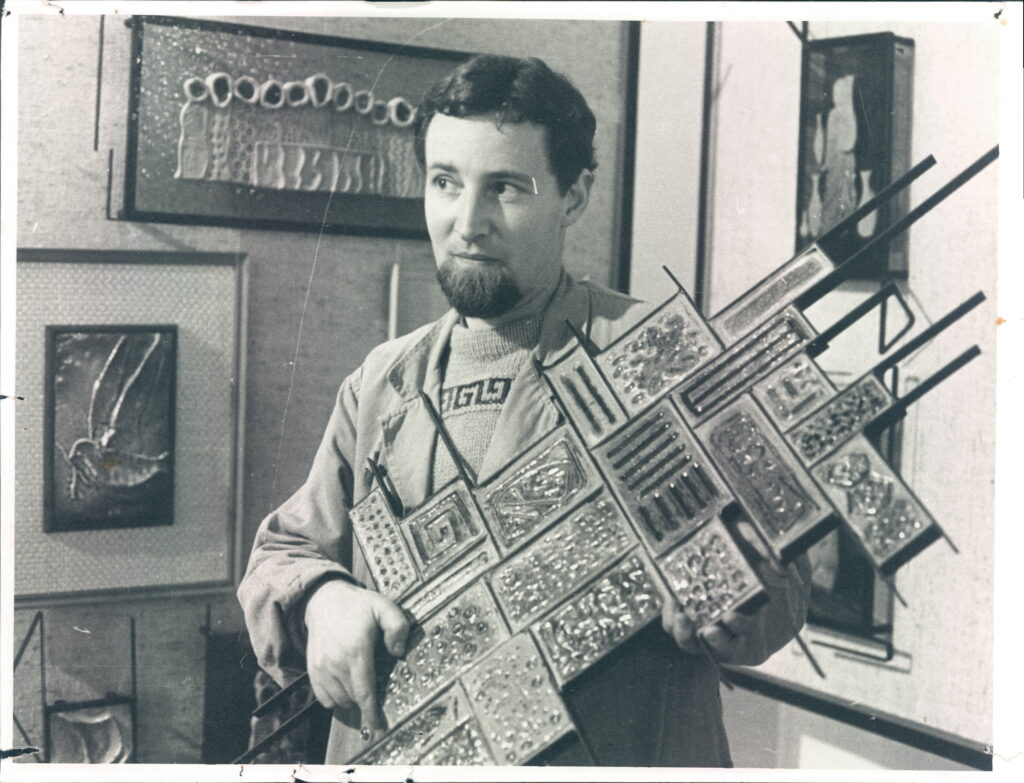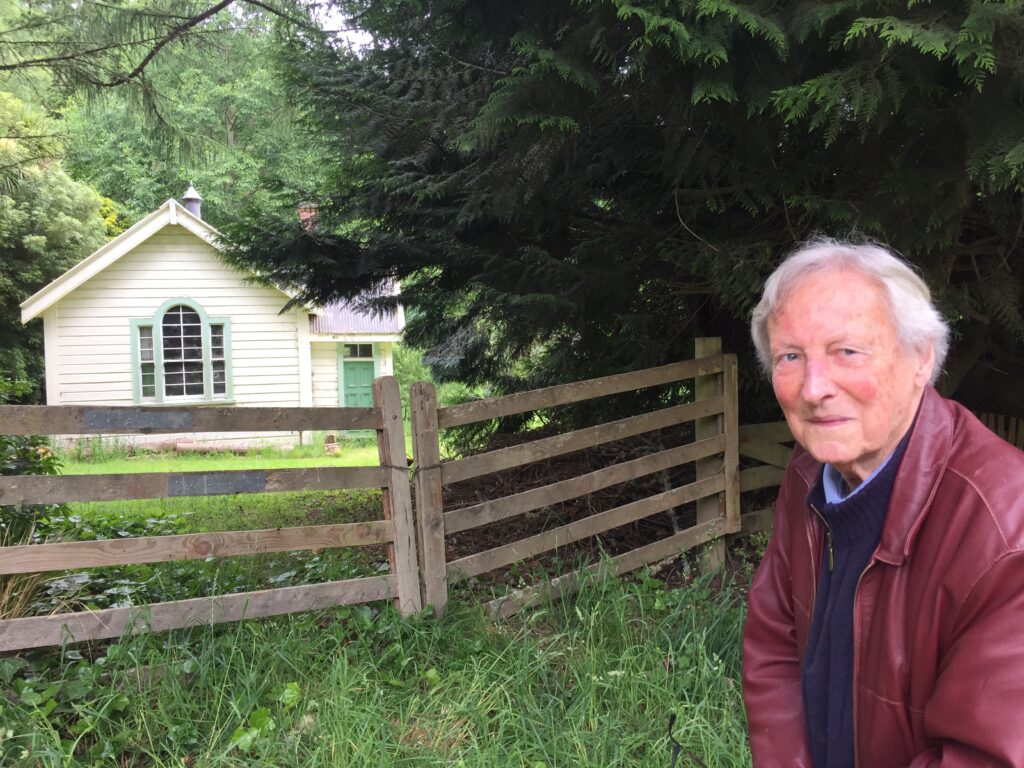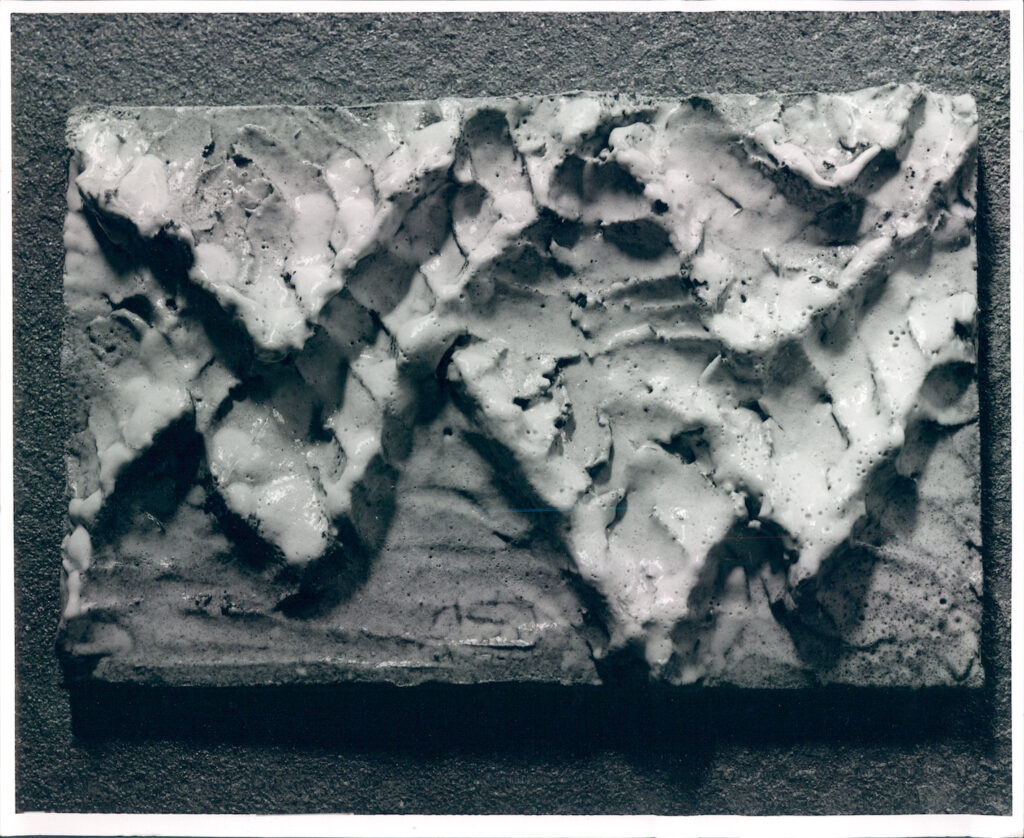Eli Gray-Smith, 1927 – 2024
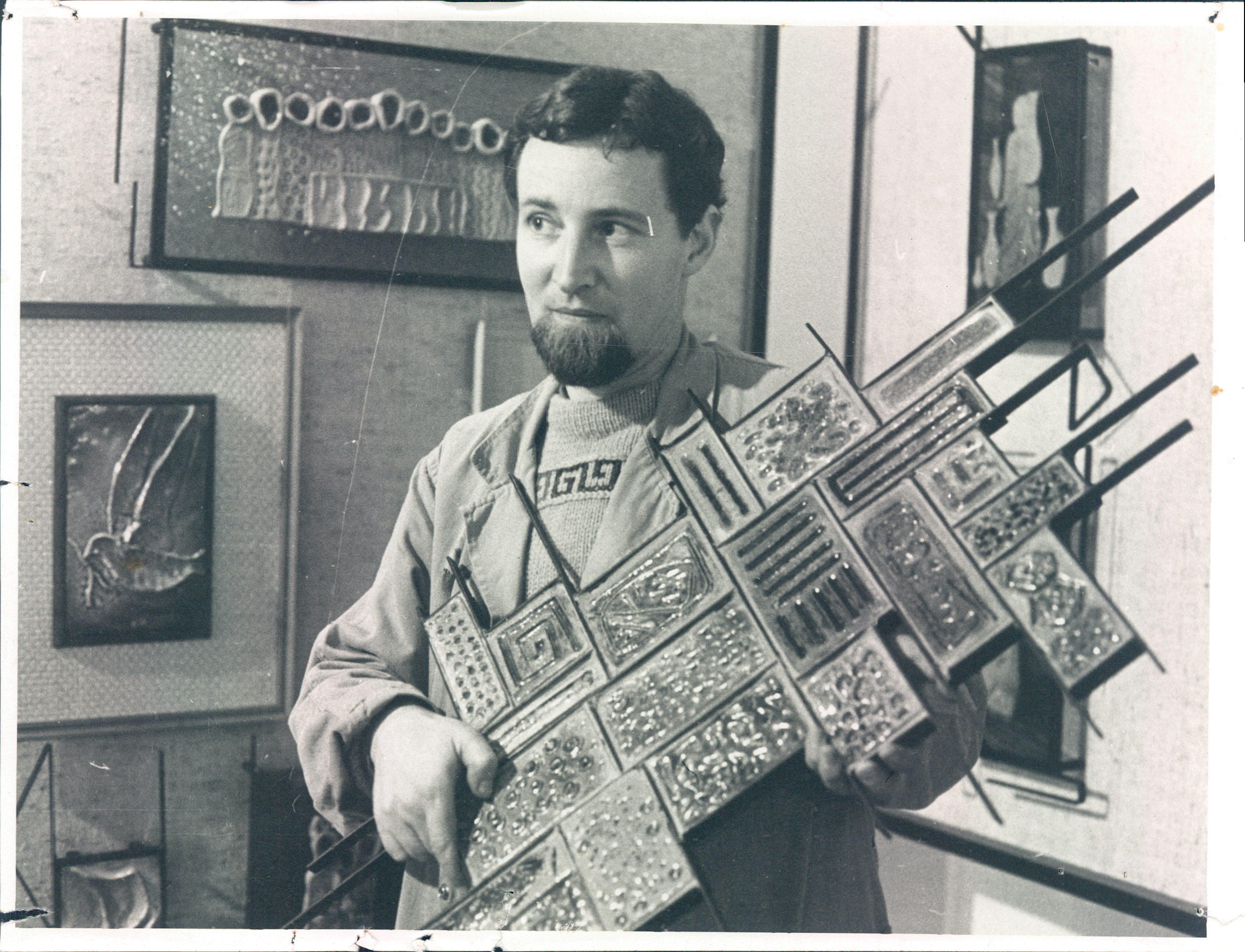
Eli Gray-Smith
Ceramic Artist
By David Josland
Ian James Gray-Smith (later known as Eli Gray-Smith) was born on 24 May 1927 in Mechanics Bay in Dunedin. He was the son of William Patterson Smith, the manager of Furs, Dressers and Dyers Limited, and Isabella Donald Smith. Gray-Smith attended King Edward Technical College where he studied art and took pottery classes under Robert Nettleton Field. His science teacher was the glaze chemist and potter Oswold Counsell Stephens. Gray-Smith excelled in music as a child and by the age of 14 he was accompanying Royal Academy of Dance classes playing the piano for the well-known Dunedin dance teacher Lily Stevens.
Early on, music would take Gray-Smith to Canada and the United States of America. He was introduced to Dalcroze eurhythmics by Lucille Deflore and studied Labanotation under Heitor Villa-Lobos at the University of Chicago. In New York, Gray-Smith played the piano for ballet choreographer George Balanchine and the New York Ballet rehearsals and for Martha Graham, “the mother of modern dance”. He studied the Kelly Kirby Kindergarten method for piano and Carl Orff’s Music for Children courses while living in Toronto in Canada. Later, while working as a piano accompanist for two summers in Banff in Alberta, he took pottery lessons at Banff School of Fine Arts.
Returning to Dunedin to live, Gray-Smith taught piano to students and commenced working with clay. He attended a lecture by the visiting potter Bernard Leach in 1962 and had lessons with Lila Coker who specialised in domestic ware. Seeing the work of Michael Cardew and Kenneth Clark during their respective visits to New Zealand in 1968 and 1971 inspired Gray-Smith to make a life as a full-time potter. He also participated in courses run by Barry Brickell and attended lectures given by Harry and May Davis.
Initially making domestic pottery – primarily bowls and platters – Gray-Smith established a pottery studio at Waitati just north of Dunedin. He set up an oil-burning kiln and taught himself salt glazing. His first one-man exhibition was held in the Otago Museum foyer in 1968. The exhibition had 126 ceramic pieces in a display that included bas-reliefs, sculpture and wall panels. This exhibition led to a major commission – The Temple of Israel – a ceramic-tiled representation of Dunedin’s old synagogue, which is in the collection of the Dunedin Jewish Congregation. A series of exhibitions then followed – with the New Zealand Academy of Fine Arts Exhibition of Sculpture, Pottery and Graphic Arts, the New Zealand Society of Potters, the Otago Art Society and the Otago Potters Group – along with one-man shows. Gray-Smith’s work, which was included in “Invited Potters 1970” at the Manawatu Art Gallery (Te Manawa) in Palmerston North, caught the eye of the broadcaster Peter Sinclair. Sinclair travelled to Dunedin to view Gray-Smith’s work and returned to Auckland with ceramic artworks to stock his shop Country Arts in Muriwai and later, in 1974, at Alicat, his shop on Jervois Road in Herne Bay. Another public commission saw Gray-Smith produce a ceramic bas-relief work for the New Wakari Unity Church (now the Flagstaff Community Church) in Dunedin.
Gray-Smith established a new pottery studio in the old schoolhouse at Whare Flat, just outside of Dunedin. His Whare Flat Potteries opened during Festival Week held at the end of January 1971. Hundreds of people came to see the new studio and Gray-Smith commenced selling his work from it – also hosting pottery demonstrations and exhibitions.
Writing about Gray-Smith’s ceramics in the Spring 1972 edition of New Zealand Potter, Flora Robinson commented that:
Each time his theme is different, bringing in new ideas and materials. He has used mythological and biblical motifs – wall hangings of stained glass and ceramics mounted in wrought iron. His containers for dried grasses are so rock-like as to be deceptive and his medieval money-bags made a unique exhibition…He is at heart an artist potter, preferring relief ceramic sculpture above all…
In due course, Gray-Smith was elected President of the Otago Potters Group and served on the committee of the Otago Art Society.
Gray-Smith gave up his Whare Flat property in 1974 and it was taken over by the potter Beryl Jowett and her daughter Peggy Stedman.
Music was once again finding its way into Gray-Smith’s life. He received an Arts Council of New Zealand grant to travel to England to study music for children. Gray-Smith played the piano on the BBC, Granada and Weekend TV, at the Royal Ballet School in London and at the Royal Academy of Dance, for teachers such as Dame Ninette de Valois. Upon his return to Dunedin, he took up the role of Musical Director of Children’s Programmes at Television One. Gray-Smith played the piano on Play School and Spot On. While working on Play School, Catarina de Nave insisted that Gray-Smith change his first name from Ian to Eli. This was because there was more than one Ian working in the studio and this was causing confusion among the staff.
Gray-Smith established his final pottery studio and shop in Lawrence in 1975. From The Hitching Post, he sold domestic ware to people travelling from Dunedin through to Central Otago. This made sound commercial sense. Gray-Smith was still working on Play School but was able to travel to Lawrence on Thursday afternoon, work in the pottery studio and sell work in the shop, before returning to Dunedin on Monday.
Gray-Smith began to find working with clay hard on his fingers and was worried that it was the beginning of arthritis. In the end, a decision had to be made – music or pottery? Music won. Travelling to London in 1982, Gray-Smith once again studied Dalcroze eurhythmics and played the piano for the Royal Academy of Dance. Returning to New Zealand, he settled in Auckland and became a tutor at the Royal Academy summer schools, travelling to Australia, Canada, Malaysia and South Africa. Gray-Smith also taught the piano privately to students and later in life regularly flew to Taiwan to teach students there.
Living as an openly gay man, Gray-Smith had relationships, in his younger years with Desmond Smith, later a well-known Dunedin art collector, then with the Australian interior decorator Carl Schonell, and briefly with the artists Frank Grayson and Hubert Struyk. He died in Dunedin on 7 April 2024, aged 96.
David Josland
18 September 2024
